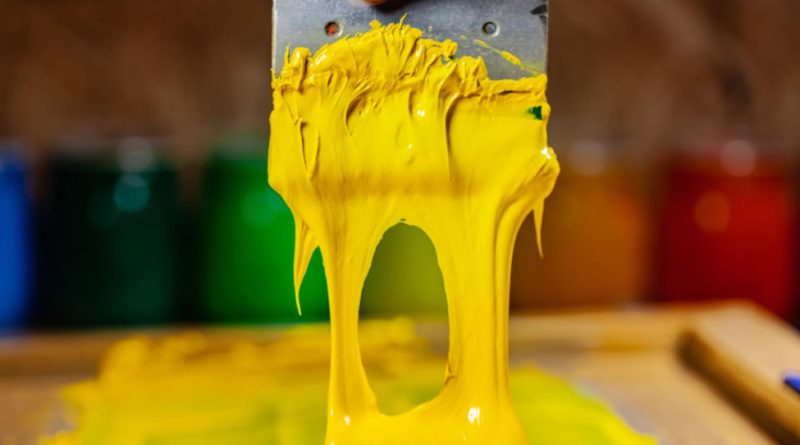How Weather Affects Screen Printing
How Weather Affects Screen Printing
With the arrival of fall, temperatures have begun to fluctuate and frontal systems are likely to create dramatic shifts in weather that can adversely affect your screen prints. You may have seen the poor quality prints, the sticking and peeling, and even the damaged equipment that can occur when the conditions of your print shop are not optimal, so it’s important to know what problems weather changes can cause to your shop environment and how you can combat their impact on your materials and products.
- Temperature: Both hot and cold extremes can have an impact on your printing process, so your shop should be equipped to maintain a constant and comfortable temperature.
- Heat
- Heat can cause your inks to cure in their bottles, your colors to run or separate resulting in unsatisfactory prints, or even warp your screens making them hard to clean.
- Don’t store your inks on high shelves where heat rises and can impact their quality.
- Install air conditioning to maintain cooler temperatures. Be aware though that cooler temps near your flash cure or conveyor dryer can impact its proper functioning.
- Keep your inks out of direct sunlight.
- For best effect, keep your inks in an insulated storage area where optimum temperatures and climate conditions can be easily maintained .
- Cold
- Cold can cause inks to thicken and some may even freeze depending on their base. Cold can also cause your screen mesh to contract, which means a poorer quality print.
- A climate control system is the best way to maintain optimal temperatures for your materials.
- If you don’t have a heating system, create an insulated space in which to store your inks.
- Keep inks away from the floor where cold air settles.
- Heat
- Humidity: Moist air can cause a number of problems in the printing process so it is important to monitor humidity and install equipment to prevent excess moisture.
- Humid environments can weaken stencils, cause higher absorption of ink, increase curing time, and cause rust damage to your equipment.
- Purchase a hygrometer and monitor shop moisture so that it never goes above 50%.
- Install dehumidifiers to remove excess moisture from the air.
- You can purchase inks specifically designed to be used in high humidity.
- Be sure to thoroughly clean and dry your screens to prevent moisture build up that might damage them.
- Air pressure: Frontal systems and storms can create drastic shifts in air pressure that can have a negative impact on the shop environment.
- Low air pressure can cause stencils to improperly adhere to material, inks to dry too quickly, and colors to blend. Furthermore, low air pressure invites contaminants into the shop that can stick to screens and create low-quality prints.
- Install an air regulator that will let you know when pressures drop too low.
- Install a positive air pressure system to keep contaminants out of the environment.
- Use air purifiers and filters to keep particulate matter out of the air.
- Static electricity: Dry air is one of the biggest culprits for creating static environments. Some areas just have drier atmospheres while other areas tend to be drier in the winter.
- Static can cause ink to coat the screen unevenly and can even repel ink from parts of the screen. The results are often streaked or incomplete prints. Additionally, static can attract particulate matter to the screens, resulting in a poor quality print.
- You can install an anti-static system in your shop but it may be costly.
- A cheaper solution may be to purchase anti-static sprays or solutions.
- You can also use anti-static mats under equipment to keep them from generating static, and you can wear anti-static wrist straps while working.
– Written by Ivan Young

